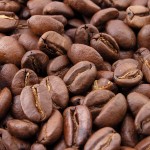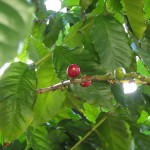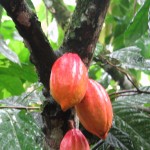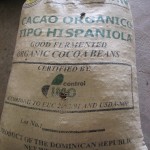Greening up Your Tailgating Party
The leaves have turned, the temperature has dropped, and that can only mean one thing: Football season is upon us. With it comes one of the sport’s biggest traditions—tailgating. Whether you are a die-hard fan who shows up to each game with a blue-painted face and stomach, or whether you only catch a game or two a season, we’ve got some tips for greening up your tailgating.
![MP900384861[1]](https://www.good-chemistry.org/wp-content/uploads/2011/10/MP9003848611-300x300.jpg)
1. Propane vs. Charcoal
Whether your prefer propane or charcoal, you have green options. Although propane is a fossil fuel, it burns cleaner and more efficiently and thus creates less waste. If you favor charcoal, go for cleaner, more natural briquettes.
If you’re feeling adventurous, try the Flamedisk. It’s small, portable, inexpensive, disposable, and best of all, it uses ethanol as its burning agent.
2. Recycle
When you’re tailgating, provide different garbage bags for glass, compost, plastics, paper products, aluminum, etc. Your waste will be equal to what you’ve brought, so space shouldn’t be a concern. For additional brownie points, use recyclable garbage bags.
3. Reduce and Reuse
If you can’t recycle your dinnerware, ditch the disposable and opt for reusable options instead. You can either bring your own from home, or you can explore options such as Green Party Kits, that are perfect for tailgating and are made 100% from recycled materials. Additionally, use cloth napkins over paper napkins to reduce waste and spending.
4. Buy Local and Organic
Organic beer is a key ingredient for a healthier, greener tailgating. Due to recent popularity, it can be more readily found at any local grocery store, especially here in northern New England.
Choose local, organic beef whenever possible. When choosing snacks, look for those that aren’t loaded with sodium, preservatives, saturated fats. A great way to avoid all of these hazards is to make your own snacks, so you know exactly what is in your food.
5. Don’t waste your Car Battery
For music, opt for either an emergency crank radio, or use rechargeable speakers instead of playing through your car.
Have fun, be safe, and enjoy the game.

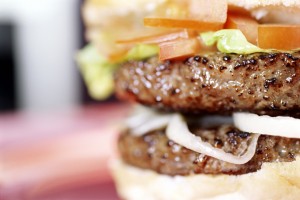
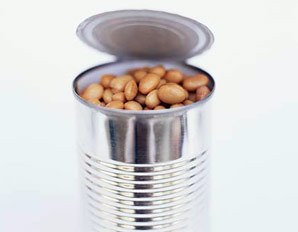
 shouldn’t be inhaled! As that is pretty much impossible to avoid, opt for a wig instead.
shouldn’t be inhaled! As that is pretty much impossible to avoid, opt for a wig instead.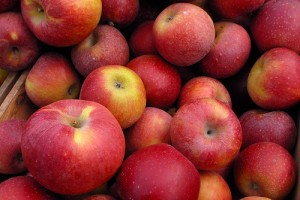

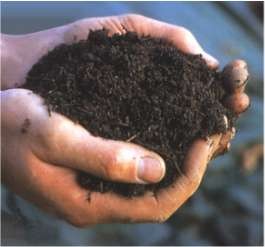 So, I know what you’re probably thinking. Compost? That’s going to be gross and messy. I was hesitant at first too, but once I gave it a try I learned that composting is a wonderful, environmentally-friendly way to get rid of food scraps and yard waste while at the same time generating high quality usable soil.
So, I know what you’re probably thinking. Compost? That’s going to be gross and messy. I was hesitant at first too, but once I gave it a try I learned that composting is a wonderful, environmentally-friendly way to get rid of food scraps and yard waste while at the same time generating high quality usable soil.

